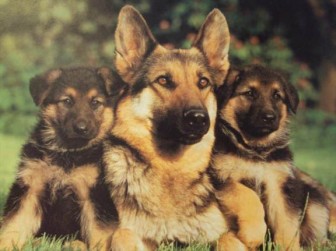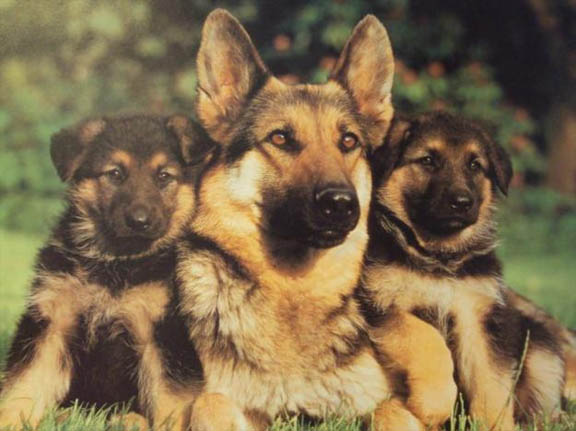Today, we commence with a whole new chapter in our discussions on the well-being of our companion animals. Sex and reproduction in our dogs and cats (the pets people mostly keep) would have been manipulated since the day man decided that he wanted to promote specific traits in the animals he has desired to share his home with. This manipulation of the reproduction system in order to derive specific characteristics in the offspring is an easy definition of breeding.
The wild ancestors of dogs lived their social lives in packs. Humankind took these animals and made them into beings which share our household and which can’t even greet and get along with each other well any more. This is especially true if a dog lives in a house with friendly humans and is isolated from members of his own species. Some dog owners argue forcefully that their dogs actually believe they are humans. It is not a seldom occurrence that dogs firmly attach themselves to their owners and form less lasting bonds with other dogs.
Breeders have been able to rearrange the reproductive system in such a way that the dogs reach the ages of puberty and maturity very early in life (less than a year in most cases). We have selectively bred dogs to be small (eg the Chihuahua) or large (the St Bernard and the Irish wolfhound) to be guard dogs, hunting dogs or lap dogs; to have ‘smashed-in’ faces (the Pekinese) or long jaws (the Doberman).

The objective of any breeding programme should be to preserve the essential qualities and physical attributes of the breed. Consequently, a thorough understanding of the breed standard is a fundamental requirement. But I will hasten to add that, beyond the knowledge of breed standards, there is a little something extra and an elusive special sense (almost an extra-sensory perception) which allows the serious breeder to have one breeding success after another. Generally speaking, however, you must work to acquire – over years of trial and error – the proficiency of a true breeder of dogs. You have to research the animals’ bloodlines (the heritage or pedigree); you must know well the required standards of the breed; you have to visit kennels several times to select properly your breeding stock, and so on.

Please implement disease preventative measures (vaccinations, routine dewormings, monthly anti-heartworm medication, etc) and adopt-a-pet from the GSPCA’s Animal Clinic and Shelter at Robb Street and Orange Walk, if you have the wherewithal to care well for the animals. Do not stray your unwanted pets, take them to the GSPCA’s Clinic and Shelter instead. If you do not wish your pet to have puppies or kittens, you may exploit the GSPCA’s free spay and neutering programme. If you see anyone being cruel to an animal, or if you need any technical information, please get in touch with the Clinic and Shelter by calling 226-4237.





